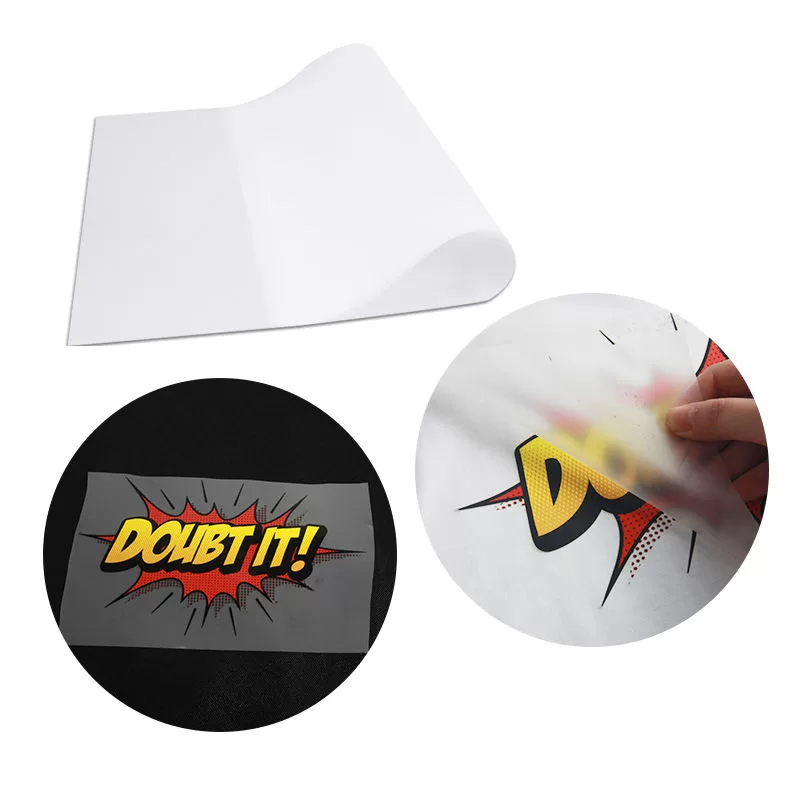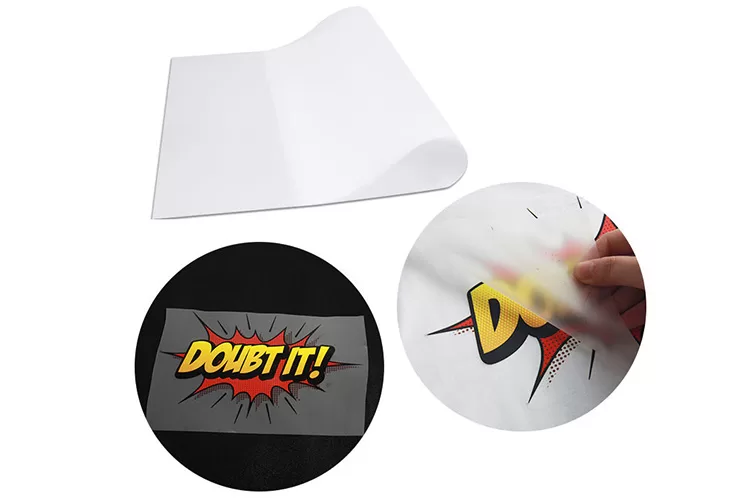In the world of branding and customization, heat transfer sticker printing has emerged as a popular and effective method to showcase your unique identity. Whether you're looking to personalize promotional products, enhance product packaging, or add a professional touch to your merchandise, heat transfer stickers offer a versatile and eye-catching solution. In this comprehensive guide, we will explore the benefits, applications, and process of heat transfer sticker printing, empowering you to elevate your brand with this innovative technique.

What are Heat Transfer Stickers?
Heat transfer stickers, also known as heat transfer decals or heat press stickers, are custom-designed adhesive decals that can be applied to various surfaces using heat and pressure. These stickers are typically made from a thin, flexible material such as vinyl or plastisol, which adheres to the desired surface permanently when subjected to heat. Heat transfer stickers allow for high-quality, detailed designs to be transferred effortlessly, enhancing the visual appeal and branding of a wide range of products.

The Benefits of Heat Transfer Sticker Printing:
a) Versatility: Heat transfer stickers can be applied to a multitude of surfaces, including fabrics, garments, ceramics, glass, metal, plastics, and more. This versatility makes them suitable for a broad range of applications, from clothing labels and promotional merchandise to retail packaging and customized accessories.
b) Customization: With heat transfer sticker printing, you have the freedom to create custom designs that reflect your brand's personality and resonate with your target audience. Whether it's your logo, tagline, or a unique graphic, heat transfer stickers allow for precise, vibrant, and detailed reproductions of your artwork.
c) Durability: Heat transfer stickers are designed to withstand the test of time. They are resistant to fading, cracking, and peeling, ensuring that your brand's message remains intact even after repeated use and exposure to various environmental conditions.
d) Cost-Effective: Heat transfer sticker printing offers a cost-effective solution for branding and customization compared to other methods such as embroidery or screen printing. It allows for high-quality results without the need for minimum order quantities or complex setup processes.
The Process of Heat Transfer Sticker Printing:
a) Design Creation: Begin by creating or obtaining the desired design for your heat transfer sticker. This can be done using graphic design software or by collaborating with professional designers to ensure a polished and impactful result.
b) Printing and Cutting: Once the design is ready, it is printed onto a heat transfer sticker material using specialized printers and inks. After printing, the stickers are precisely cut using cutting machines to create individual decals.
c) Heat Application: Preheat the heat press machine to the recommended temperature for the specific heat transfer sticker material. Position the sticker onto the desired surface, apply heat and pressure for the specified time duration, and allow it to cool down.
d) Removal and Finishing: Carefully remove the carrier sheet from the heat transfer sticker, leaving the design securely adhered to the surface. Take care to peel it slowly and evenly to avoid any damage to the sticker or surface. Once peeled, your customized heat transfer sticker is ready to make a lasting impression.

Conclusion:
Heat transfer sticker printing offers an exciting and versatile solution for enhancing your brand's visibility and personalizing a wide range of products. The versatility, customization options, durability, and cost-effectiveness of heat transfer stickers make them a popular choice for businesses and individuals seeking to leave a lasting impression. By following the steps outlined in this guide, you can confidently utilize heat transfer sticker printing to elevate your brand, increase recognition, and stand out in a crowded marketplace.

